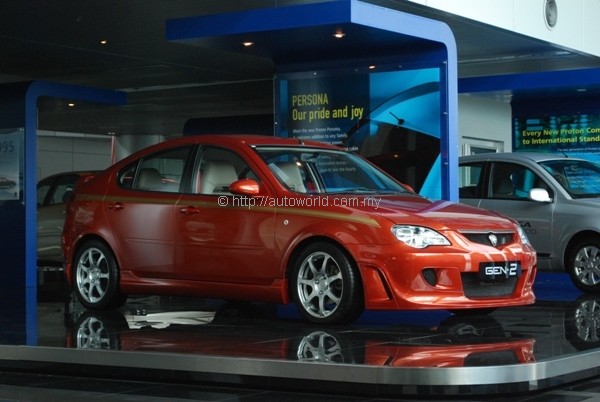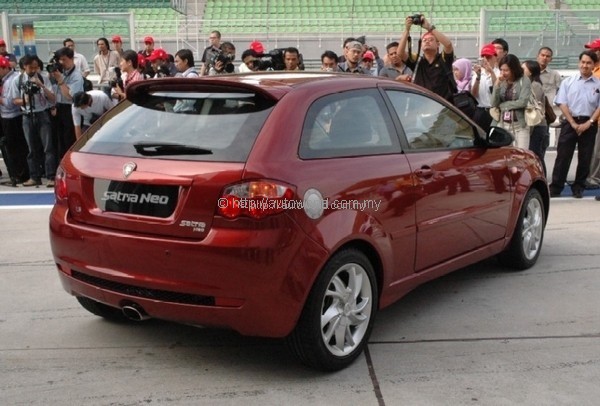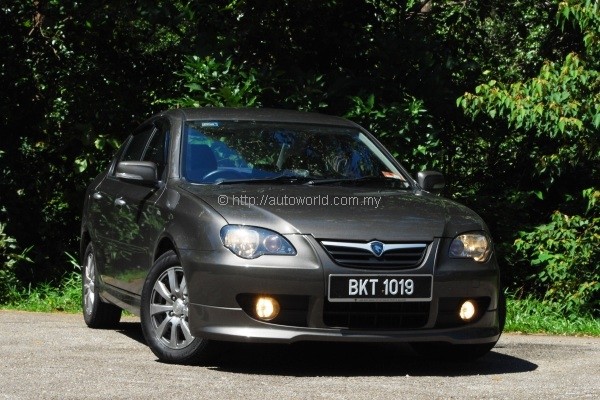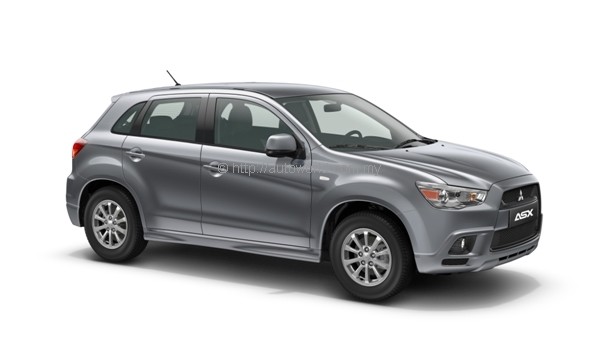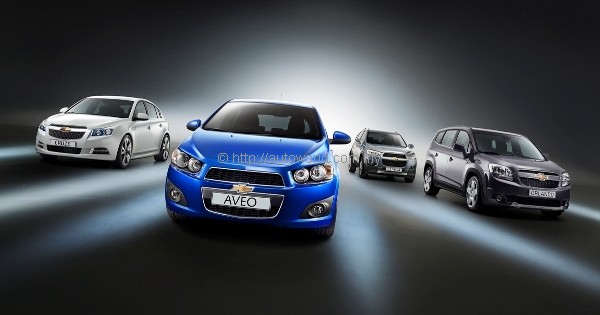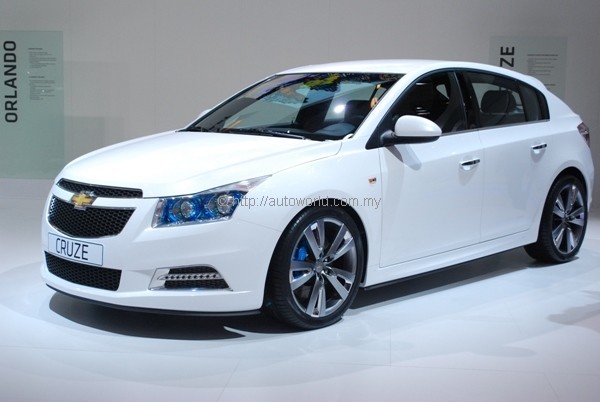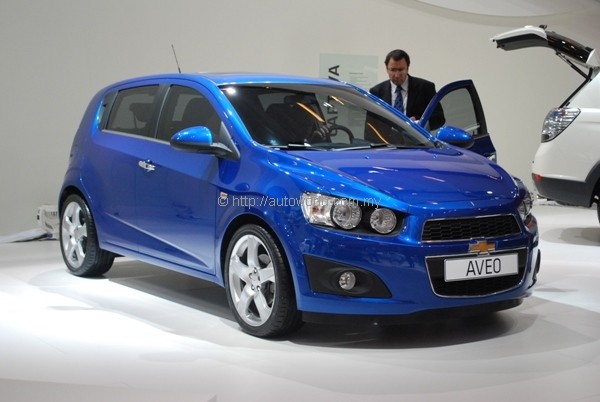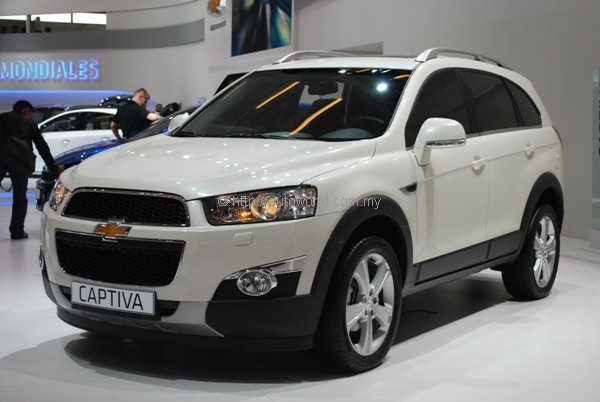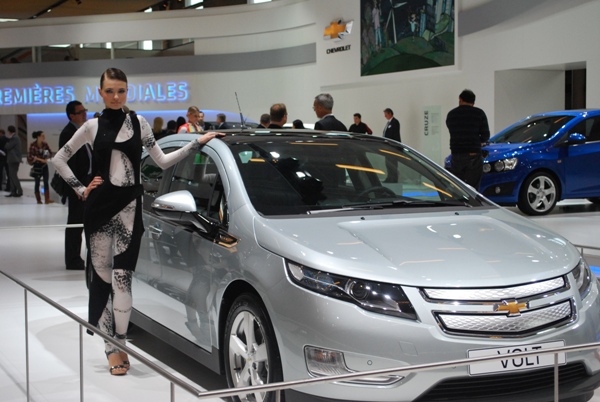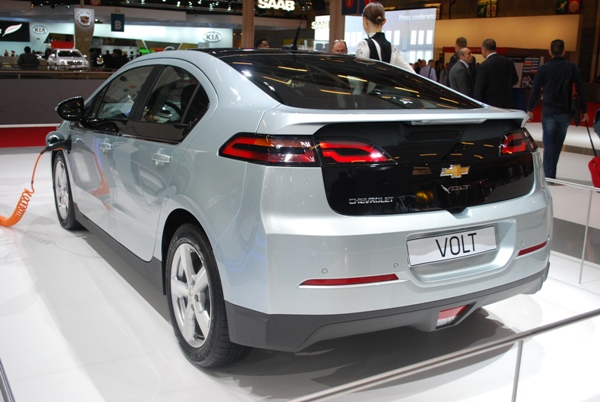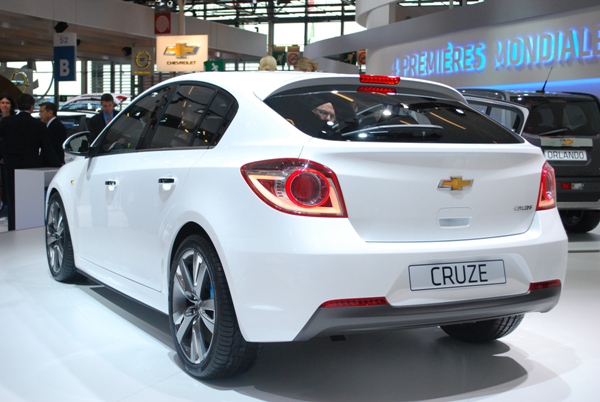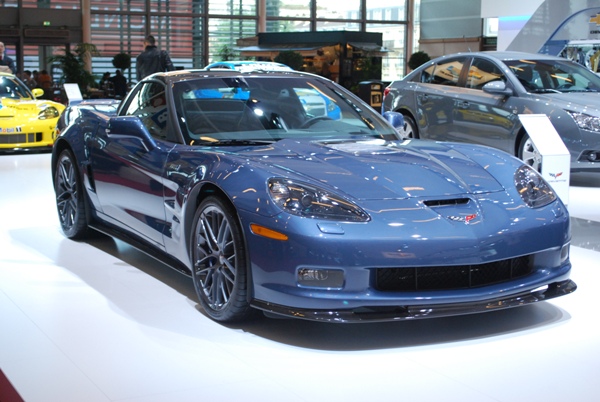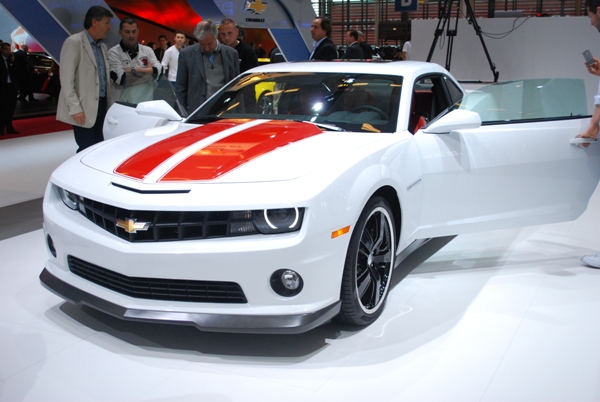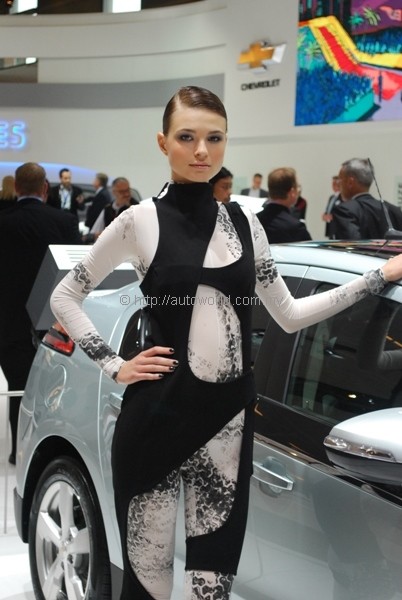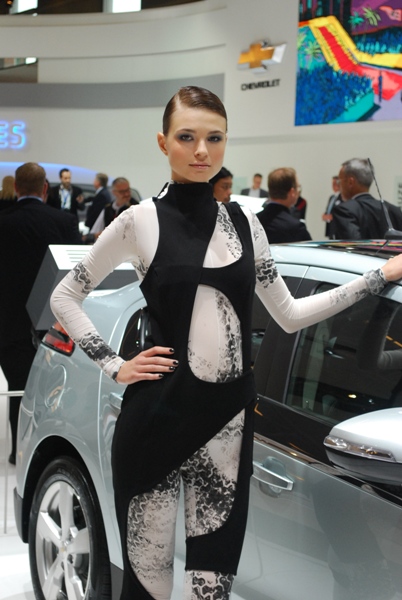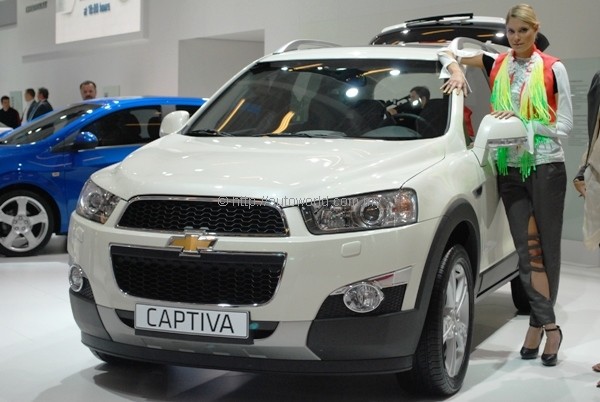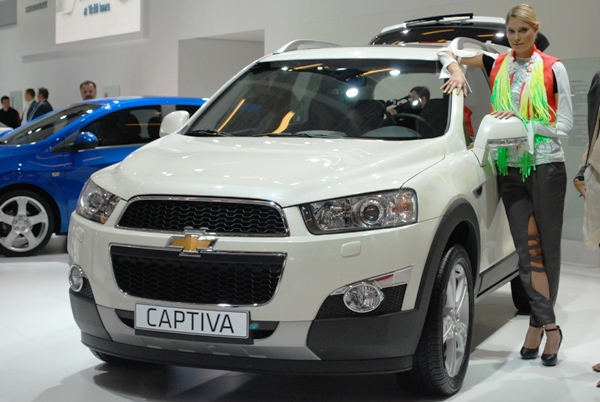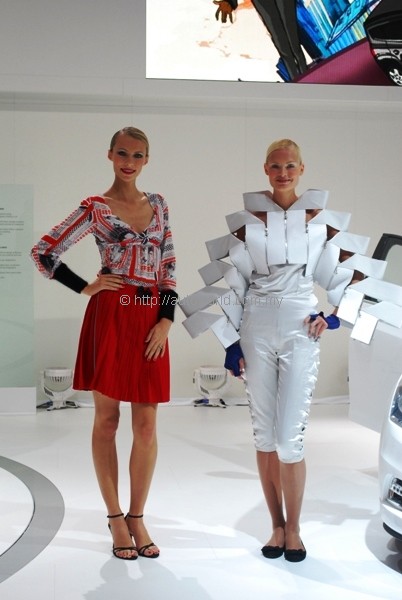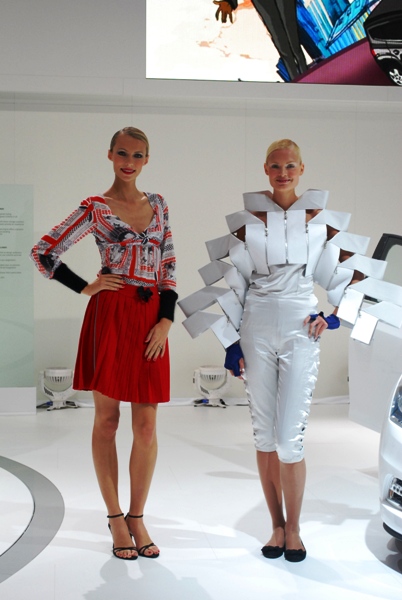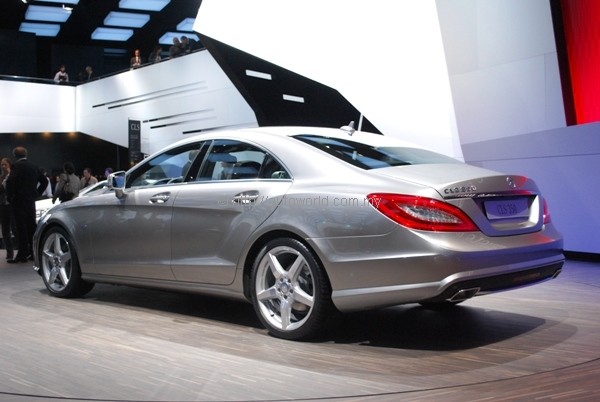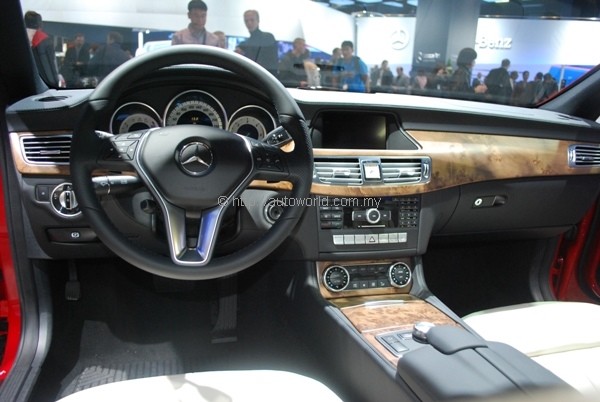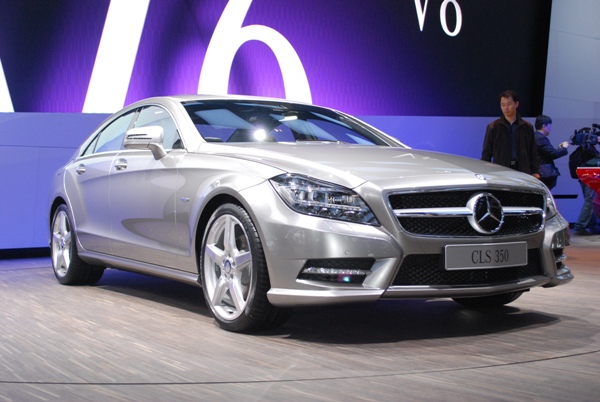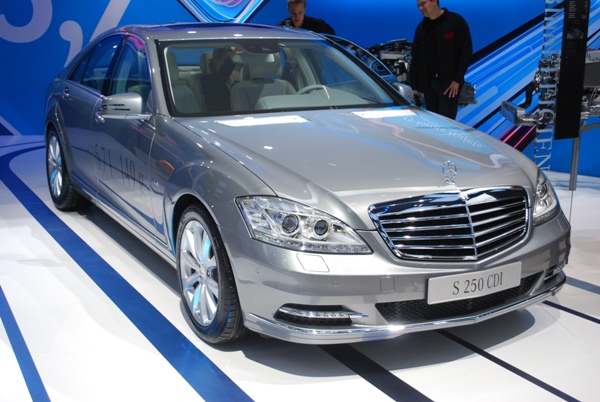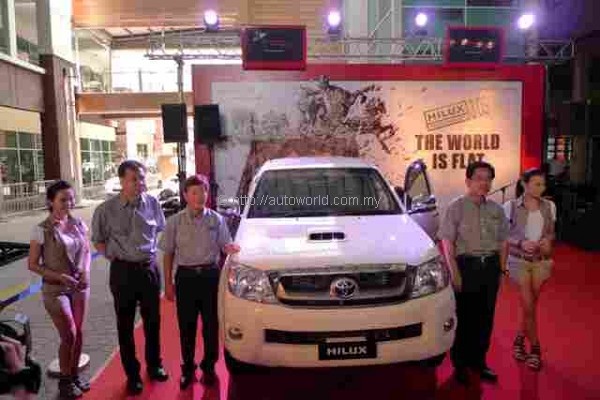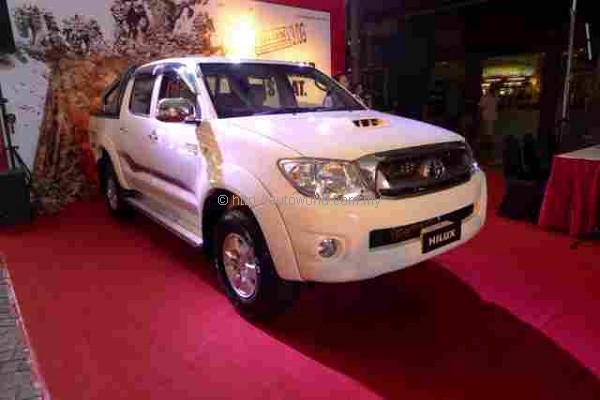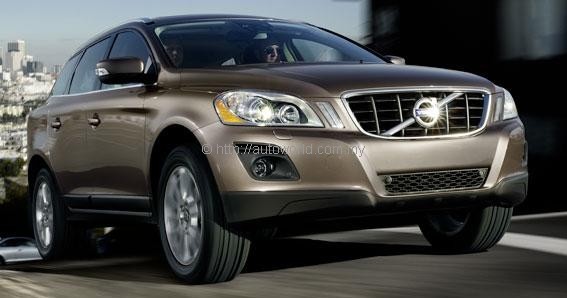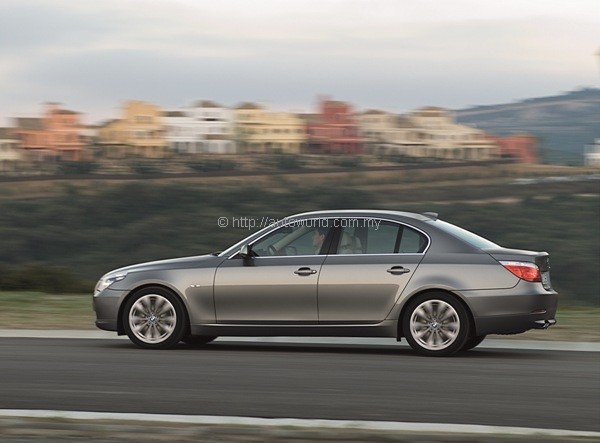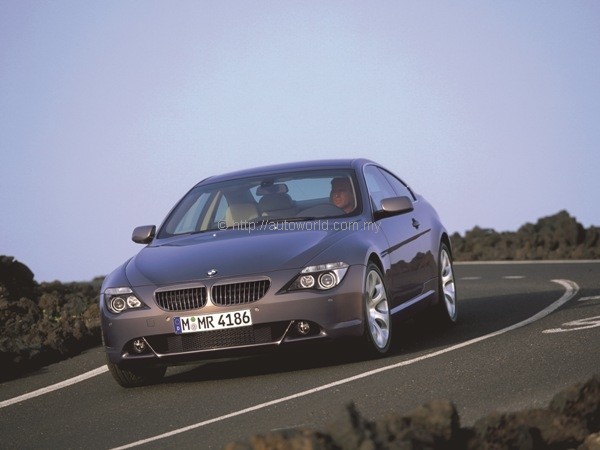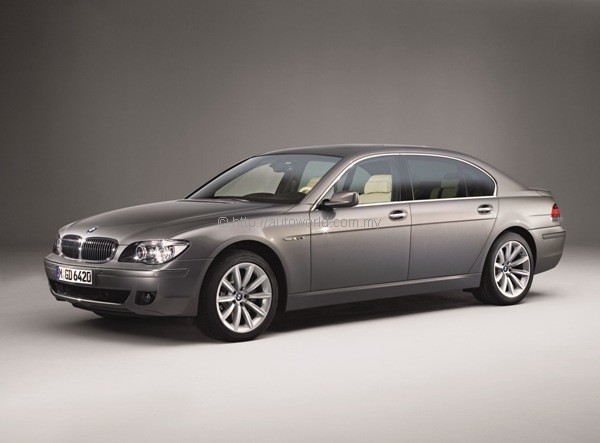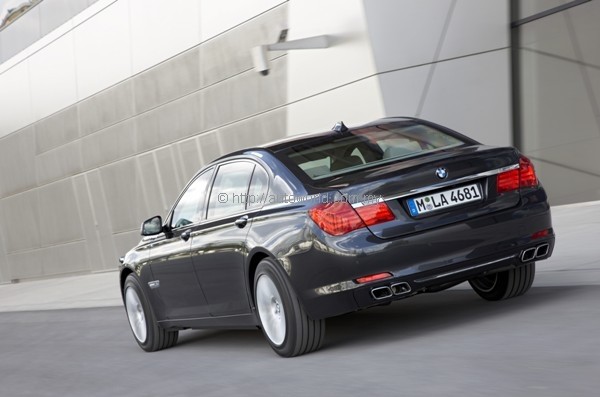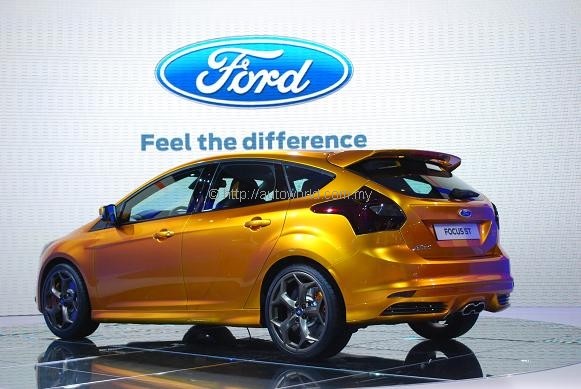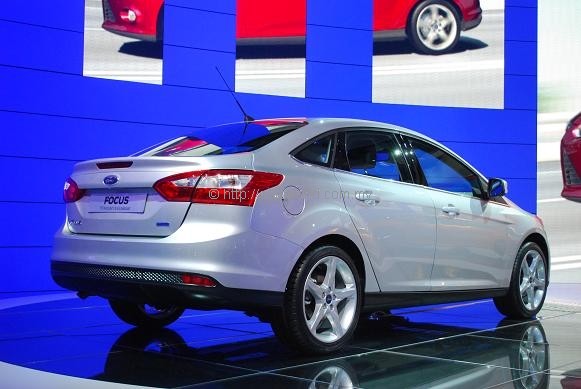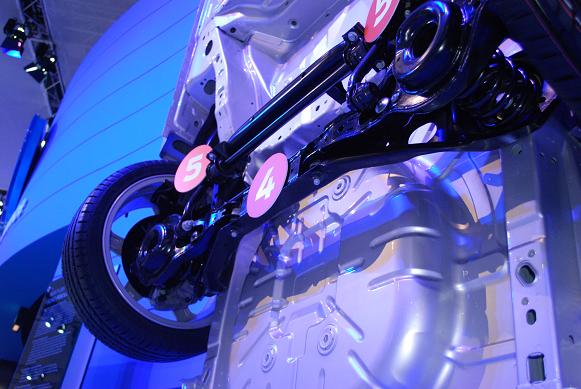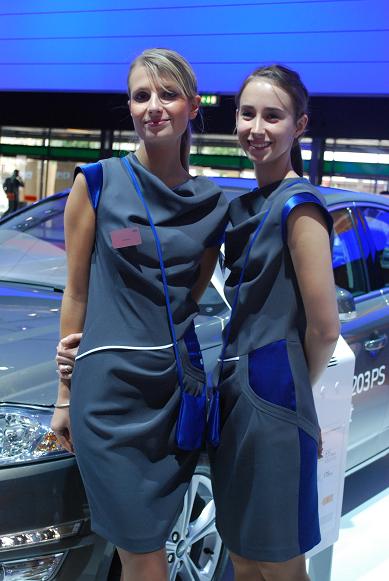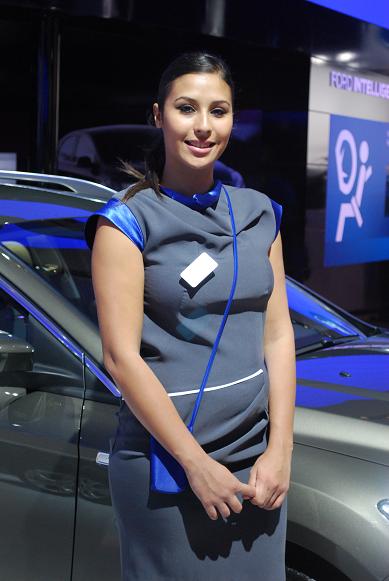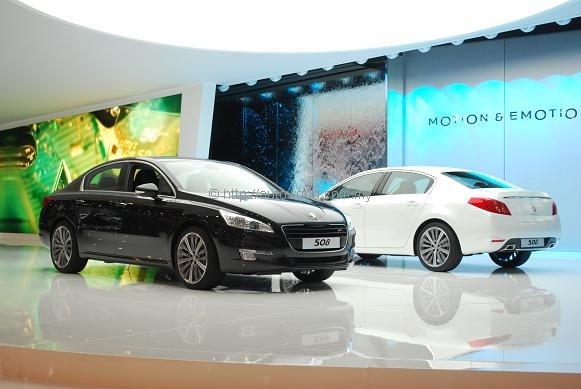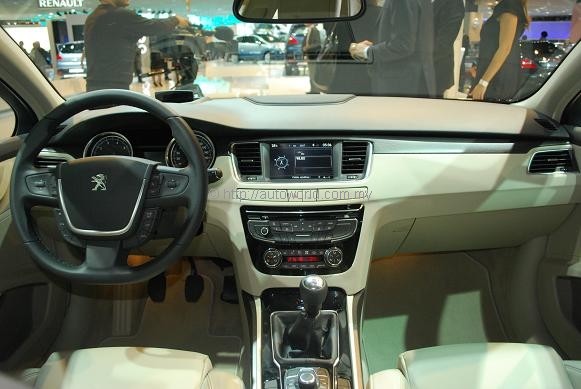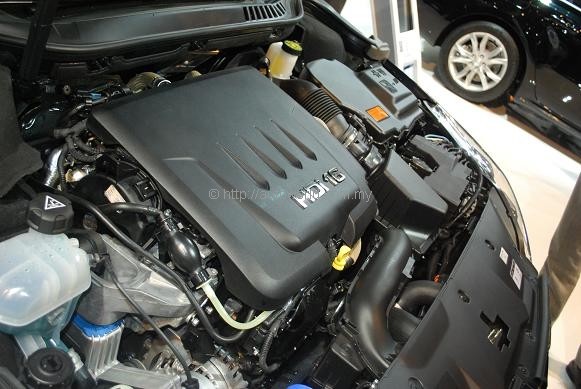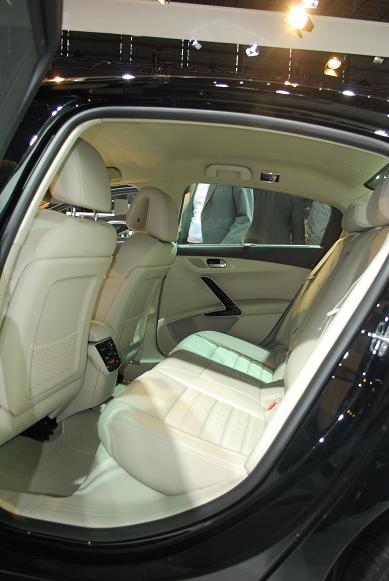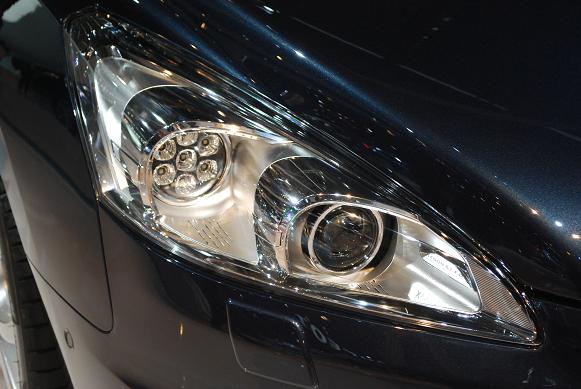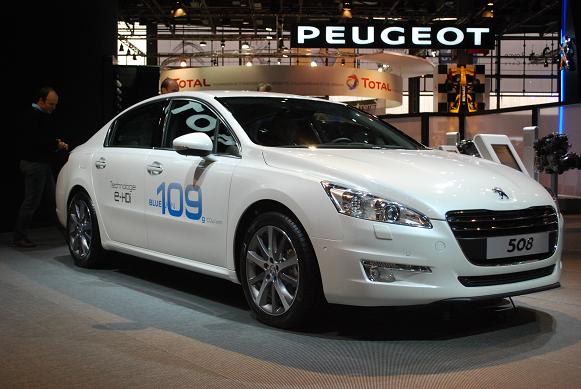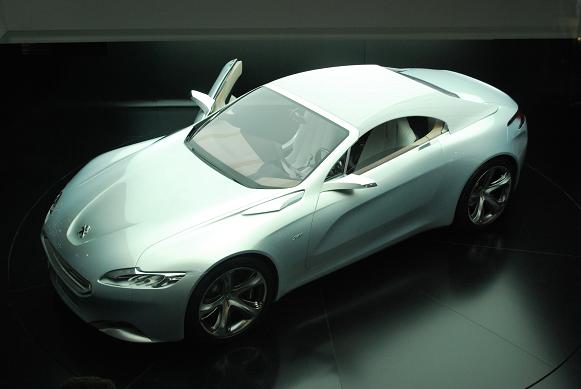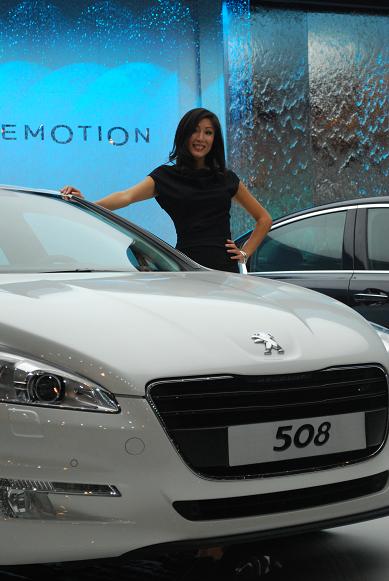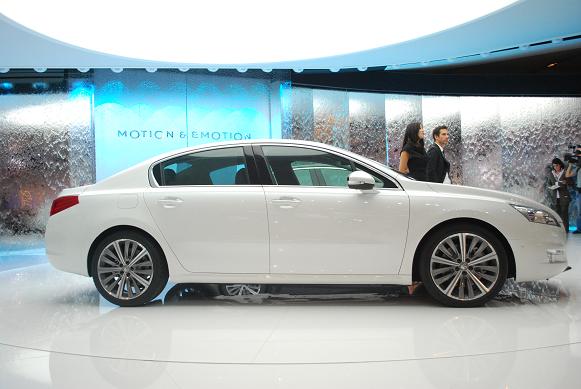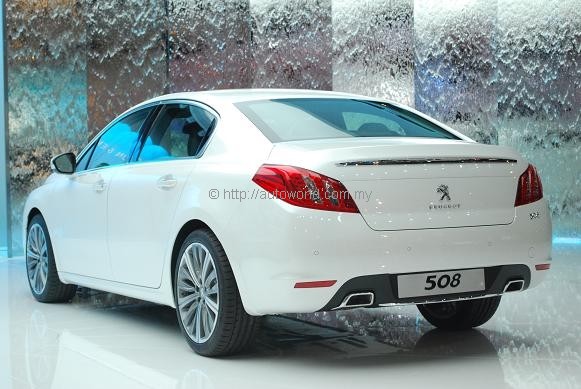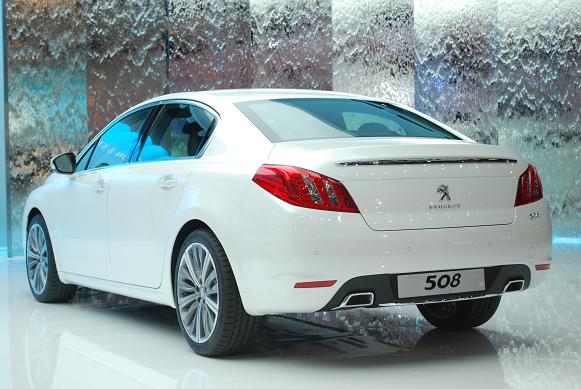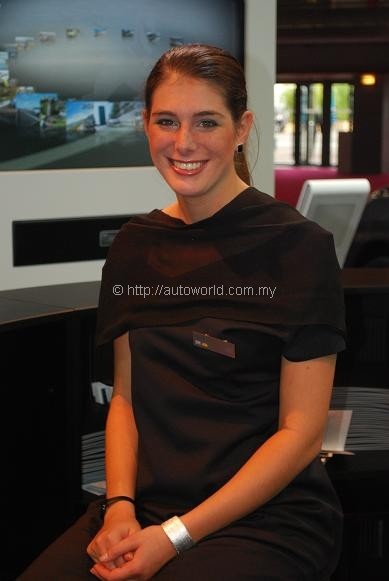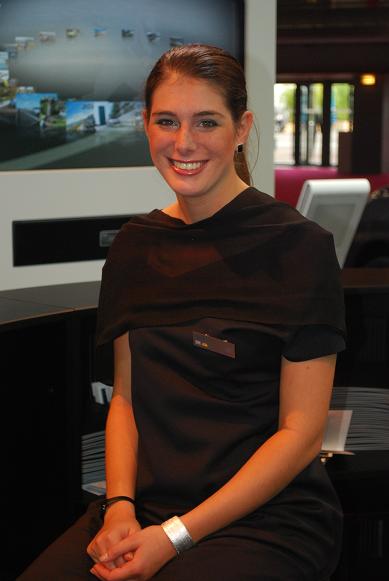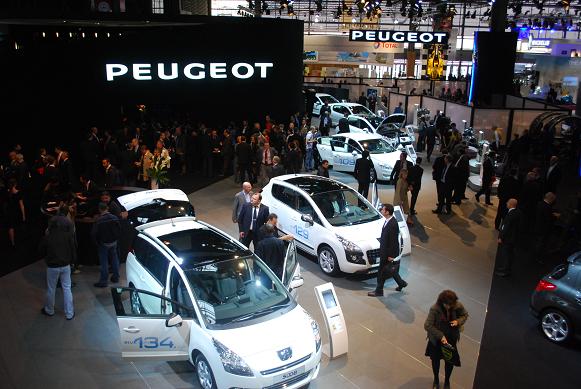Lotus may have dominated the headlines from the ongoing Paris Motor Show 2010 with five world premieres, but Chevrolet is doing its utmost best to grab its share of the limelight as well. Sitting one floor above Lotus’ booth, Chevrolet, in the presence of GM stablemates Opel and Cadillac, unveiled four new models simultaneously.
Coming from Australia is a hatchback version of the Chevrolet Cruze, developed by GM Holden. Technical details were not provided, but we are expecting minimal deviations from the sedan model. The Cruze hatchback offers some 400 litres of cargo space, which can be expanded thanks to its 60:40 split-folding rear seats.
According to Wayne Brannon, president and managing director of Chevrolet Europe, the potential for meeting further customer demand is significant. He said that, “Cruze is turning out to be a real success story. We are selling it in 70 countries around the world and it has recently surpassed the Aveo as our top selling passenger car nameplate globally.”
“Hatchbacks play a critical role in many markets. The total compact segment in Europe represents around 4.8 million units which is over a quarter of the total market, with hatchbacks representing around 65% of that volume. We therefore expect to see increased business in a number of regions, while sending out a signal that Chevrolet is now a serious mainstream player in Europe,” Brannon added.
According to Chevrolet, the Cruze currently leads leads the compact sedan sales charts in European markets such as Denmark, Germany, Switzerland, Italy, Spain, Portugal and the U.K. Outside of Europe, some 90,000 units of the Cruze were sold in China alone.
Also unveiled at Paris was the facelifted Chevrolet Captiva, which sports an all-new front end design along with new engines and transmissions. For the European market, customers will have a choice of two petrol and one diesel engine available in two states of tune.
Petrol-powered offerings start with a 171hp 2.4-litre twin cam engine lining up alongside a 3.0-litre V6 with direct injection and variable valve timing good for 258hp. Diesel power is offered in 2.2-litre displacement available in 163hp or 184hp states of tune. The 3.0 petrol comes standard with all-wheel drive whilst the other models have the option of front or all-wheel-drive as per current offerings of the Captiva.
Standard safety equipment in European-spec Captiva, scheduled for a spring 2011 launch, include Electronic Stability Control (ESC), Traction Control System (TCS), and Braking Assist System (BAS) alongside front, side, and curtain airbags. The interior is offered in both 5 and 7 seater configuration.
The third Chevrolet car showcased at Paris is the all-new Aveo hatchback, due for launch in summer 2011. Larger and wider than the current model, the new Aveo is offered with the option of three petrol engines and a diesel, with a 6-speed automatic transmission available as an option for the higher-powered petrol models.
The sole diesel engine, a common rail direct injection unit, is a 1.3-litre unit equipped with Start/Stop technology. It is offered in two states of tune – 75hp and 95hp. Also offered in two states of tune is the entry level 1.2-litre petrol model, which is available with either 70hp or 86hp.
Moving up, we have a 100hp 1.4-litre engine and a 115hp 1.6-litre engine, both petrol-powered. The petrol engines feature technologies such as variable valve timing and double continuous variable cam phasing.
Wayne Brannon, aforementioned president and managing director of Chevrolet Europe said of the Aveo, “It’s just such an exciting time to be at Chevrolet; not only do we have new entries into the MPV and compact classes, in Aveo we have a car which is ready to compete against the best in the small car segment, which is also Europe’s largest segment.”
The final debutant of the Chevrolet range is the Orlando 7-seater MPV, where a full production model is shown for the first time, two years after the show car concept was first seen at the same motor show in 2008. Underpinning the Orlando is the same GM Delta-II platform which the Cruze sits on.
Two engine options are announced for the Orlando – a 141hp 1.8-litre petrol engine and a 2.0-litre diesel engine offered in 131hp or 163hp guise. Three trim levels will be available in Europe, with electronic stability control, six air-bags, air conditioning (ed: Yes, it’s a big deal. Air-con is not always standard for European market cars) and powered side mirrors standard across the board. Full production of the Chevrolet Orlando starts in October with the car going on sale across Europe in early 2011.
In addition to the four debutants, Chevrolet also brought along a production-ready version of the Volt electric car with extended-range capability. It will be going on sale in selected US markets in a few weeks, and will hit European roads in late 2011.
Powering the Volt’s 150hp / 370Nm electric motor draws power from a 16kWh lithium-ion battery that gives it a 60km electric-only range. Recharge of the battery can be performed by plugging it into a standard 230V plug point, or the kicking in of an on-board petrol-powered generator, which if used gives the Volt a useful 500km range.




